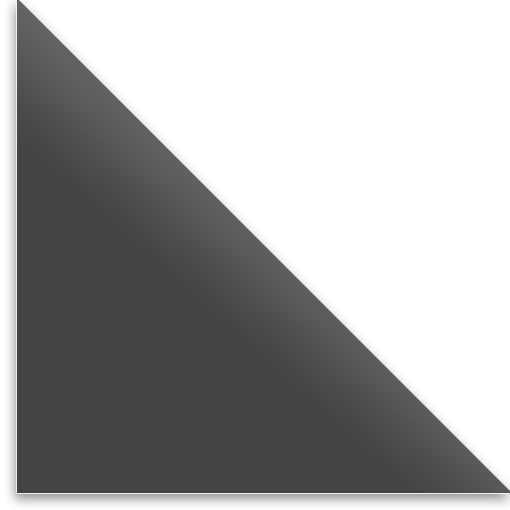Wind generators use drive technology proven in Australasian industry
Thursday, 03 June, 2010
Advanced industrial drives technologies available in Australasia are being used internationally to manufacture advanced wind power generators. The Bonfiglioli Trasmital planetary drives and Vectron electronic control systems are combined in systems that respond to the unique engineering challenges involved.
|
Transmissions incorporating planetary drives and frequency converter control are used in drive systems for wind generators ranging in size from small systems for village power supply in India through to 5 MW leviathans. These drive systems - incorporating technology already proven in Australasian industrial applications ranging from mining to manufacturing and materials handling - provide as high as possible an energy yield and as low as possible risk potential for the system at the same time. With their help, the generator’s gondola (and thus the wind turbine) is constantly matched to the wind direction, while the rotor blades are also brought into an ideal pitch position. |
|
Operation at an optimal speed is decisive for the efficiency of the energy-producing drive train extending from the rotor to the generator. If it turns too slowly, insufficient energy will be produced; if it turns too quickly, there are dangers to the complete wind turbine.
Two main final control elements ensure that the speed is kept as optimal as possible. The first control element governs the positioning of the gondola, which has to keep the rotor directly in the wind. The wind must always hit the rotor at right angles in order to ensure optimal exploitation of the wind power.
The second final control element, which is responsible for achieving optimal speed, relates to the position of the individual rotor blades. Aerodynamics are strongly influenced by the inclination of the blades against the wind. Incorrect inclination can result in rotor standstill in strong winds.
Given the huge dimensions and masses to be moved with 5 MW turbines, it is obvious that large amounts of force are necessary in order to perform the tasks described above, and system designers also have to consider both the movement torque and the holding torque - both of which are decisive for the design of the azimuth drive.
Several geared motors with brakes are used in order to always maintain the gondola at right angles to the wind and keep it there. The sensor technology employed reports wind direction changes to a control unit, which then puts several geared motors in motion in a matched way via the frequency converters to track the gondola into alignment with the wind. The tracking is usually triggered by a wind direction deviation of 7°. The requirements for precision and exactly matched drive behaviour are decisive in the choice of the drive system.
Drives of a few thousand Nm are sufficient for this task for small systems, and constructors can readily find suitable geared motors from 1000 Nm rated torque. The bigger challenges arise with the bigger drives. Azimuth drives designed for 1.1 MNm peak torque were recently put into operation for Repower 5 MW generators.
Eight single drives with specially designed planetary gear motors coupled with 5.5 kW motors from the Bonfiglioli 700 series are used. They each yield 70,000 Nm rated torque and 140,000 Nm peak torque for a gear reduction of 1:1.281. With their individual weights of 1200 kg, they contribute a total of about 10 tonnes to the weight of the gondola, but they are the first choice because of their power-to-weight ratio.
In contrast to the azimuth drives, the pitch drives maintain optimal rotation speed via the positioning of the individual rotor blades. Critical factors in the design include the precision of the drives because the pitch adjustment ranges are surprisingly small. The gear reduction ratios are in the range of 1:600 to 1:2000. The pitch controller reacts to the smallest changes in speed in the threshold range and effects a coordinated adjustment of the rotor blades via the three pitch drives.
As well as the requirements already mentioned (due to the position in the rotor hub), the pitch drive must also be particularly small, light and easily installed. These drives are also fitted with special seals in order to perform their service in any weather conditions.
Building on decades of experience with geared motors in wind energy system construction, Bonfiglioli now also provides the control and linking of the azimuth and pitch drives with its own frequency converters from the Vectron range.
The active converter series meets all the criteria for this application. Specifically, it has a very economic internally developed system bus which also minimises the complexity for assembly and cabling. The compensation runs synchronously via the bus connection and thus always places and holds the system in the ideal position. Furthermore, the equipment itself also provides high flexibility for assembly and cooling and also offers advantages through its high IP65 protection class.
Bonfiglioli is now one of the largest suppliers for azimuth drives and pitch drives in Europe, which is itself a leader in wind power technology.
A process of evolution: creating an adaptive future for the industrial workforce
As industrial automation systems grow more sophisticated, technology is being called upon to...
Microgrids: moving towards climate change resilience
The benefits of microgrids go far beyond support during a natural disaster and can provide...
Good for today, ready for tomorrow: how the DCS is adapting to meet changing needs
The future DCS will be modular and offer a more digital experience with another level of...










